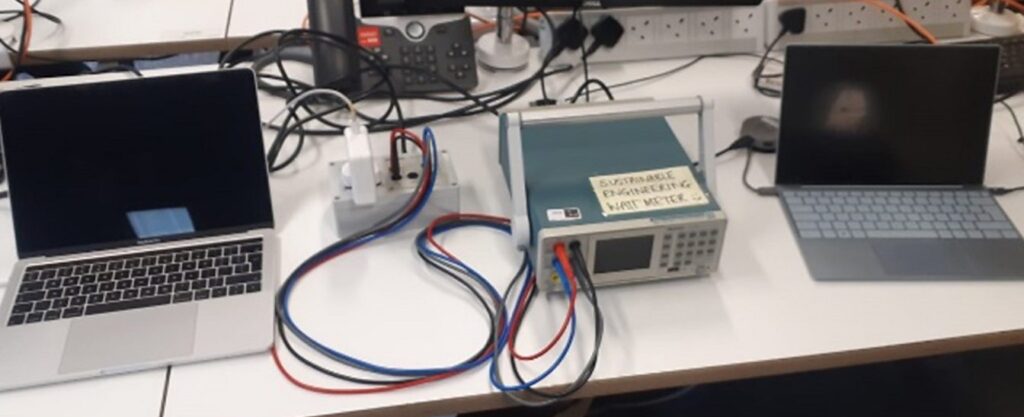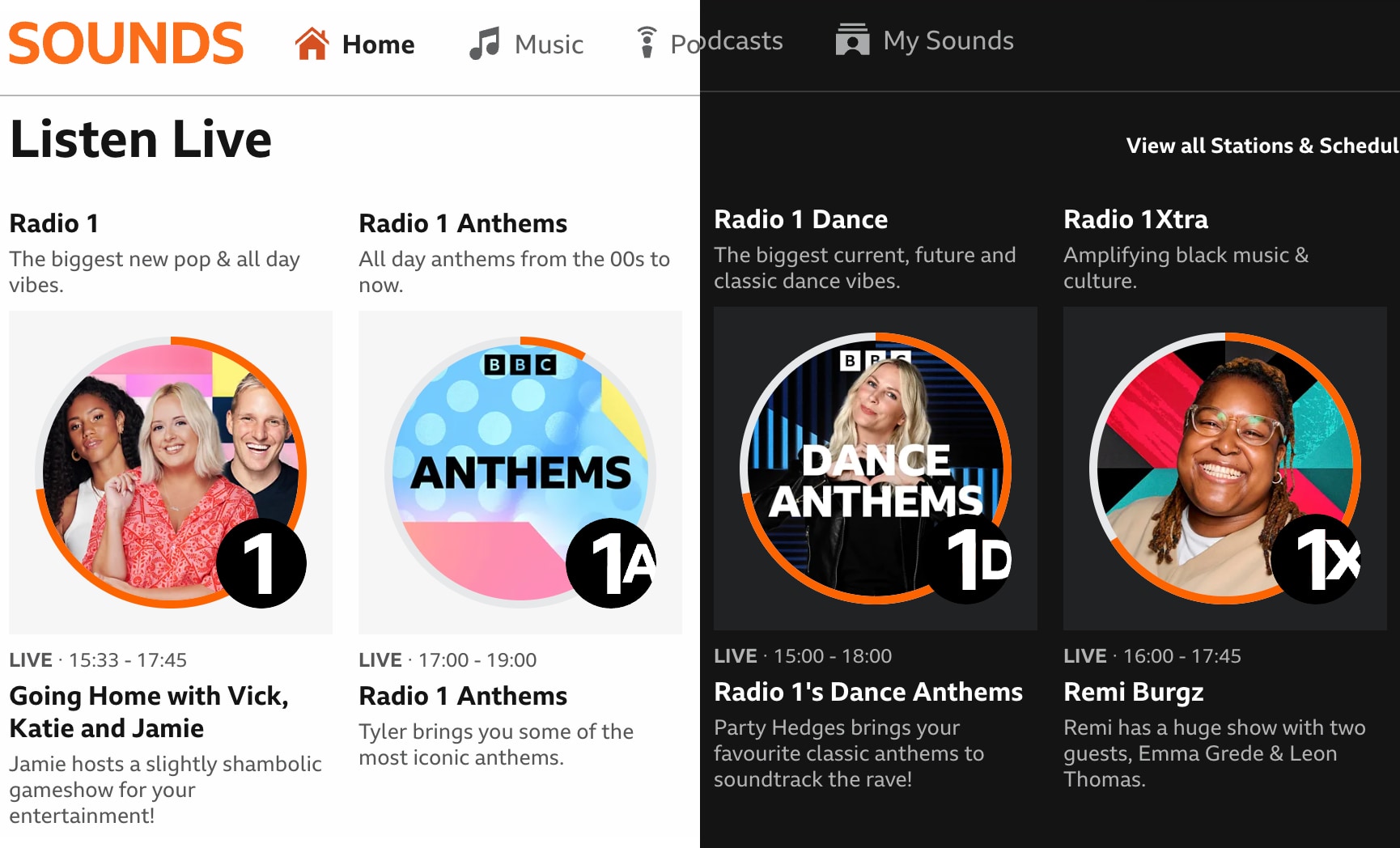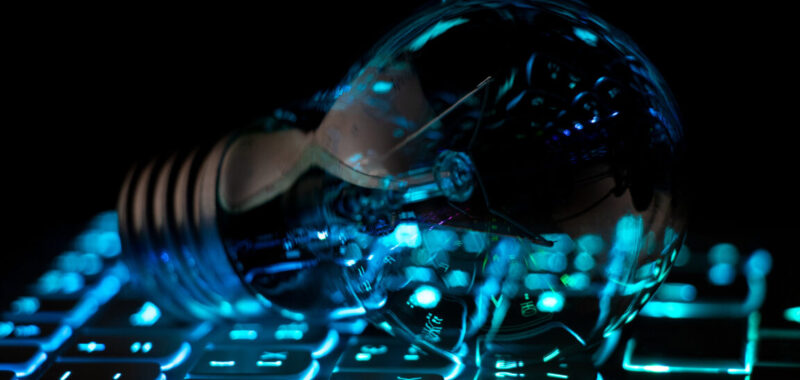If you know how OLED displays work, you know about one of their greatest strengths: Individual pixels can be shut off, offering deeper blacks and power savings. Dark modes, now available on most operating systems, aim to save power by making most backgrounds very dark or black, while also gratifying those who just prefer the look.
But what about on the older but still dominant screen technology, LCDs? The BBC is out with a small, interesting study comparing the light and dark modes of one of its website pages on an older laptop. Faced with a dark mode version, most people turned up the brightness a notable amount, sometimes drawing more power than on light mode.
It’s not a surprise that dark modes don’t do anything to reduce LCD power draw. However, the study—not peer-reviewed but published as part of the International Workshop on Low Carbon Computing—suggests that claims about dark mode’s efficiency may be overstated in real-world scenarios, with non-cutting-edge hardware and humans at the controls.
A 2017 MacBook Pro, a power monitor, and the brightness keys

Credit:
BBC
The BBC R&D team’s small-scale brightness testing setup: a power monitor, a testing laptop (with LCD screen), and a monitoring laptop.
Credit:
BBC
The R&D arm of the British Broadcasting Corporation got to wondering just how useful a dark mode was in lowering broader power consumption. So the team “sat participants in front of the BBC Sounds homepage and asked them to turn up the device brightness until they were comfortable with it,” using both the light and dark mode versions of the BBC Sounds website.

Credit:
Kevin Purdy/BBC
The BBC Sounds website responds to user preferences for light or dark mode. Light mode is shown here on the left, dark on the right.
Credit:
Kevin Purdy/BBC
Faced with the dark mode version of the site, 80 percent of participants turned the brightness up “significantly higher” than in light mode, the BBC writes in its blog post. In the study, the Beeb posits something broader:
Our findings suggest that the energy efficiency benefits of dark mode are not as straightforward as commonly believed for display energy, and the interplay between content colourscheme and user behaviour must be carefully considered in sustainability guidelines and interventions.
The study used a physical power monitor (a Tektronix PA1000) and two laptops, one for testing—a 2017 MacBook Pro with a 13.3-inch LCD display—and another for monitoring. The LCD laptop seems like a curious choice, given that dark mode’s savings are largely tied to OLED pixel technology. The BBC study suggests that, “given that most devices still use LCDs, where power consumption may not be reduced by displaying darker colours” (British spelling theirs), broad claims about energy savings may not be appropriately scaled.

